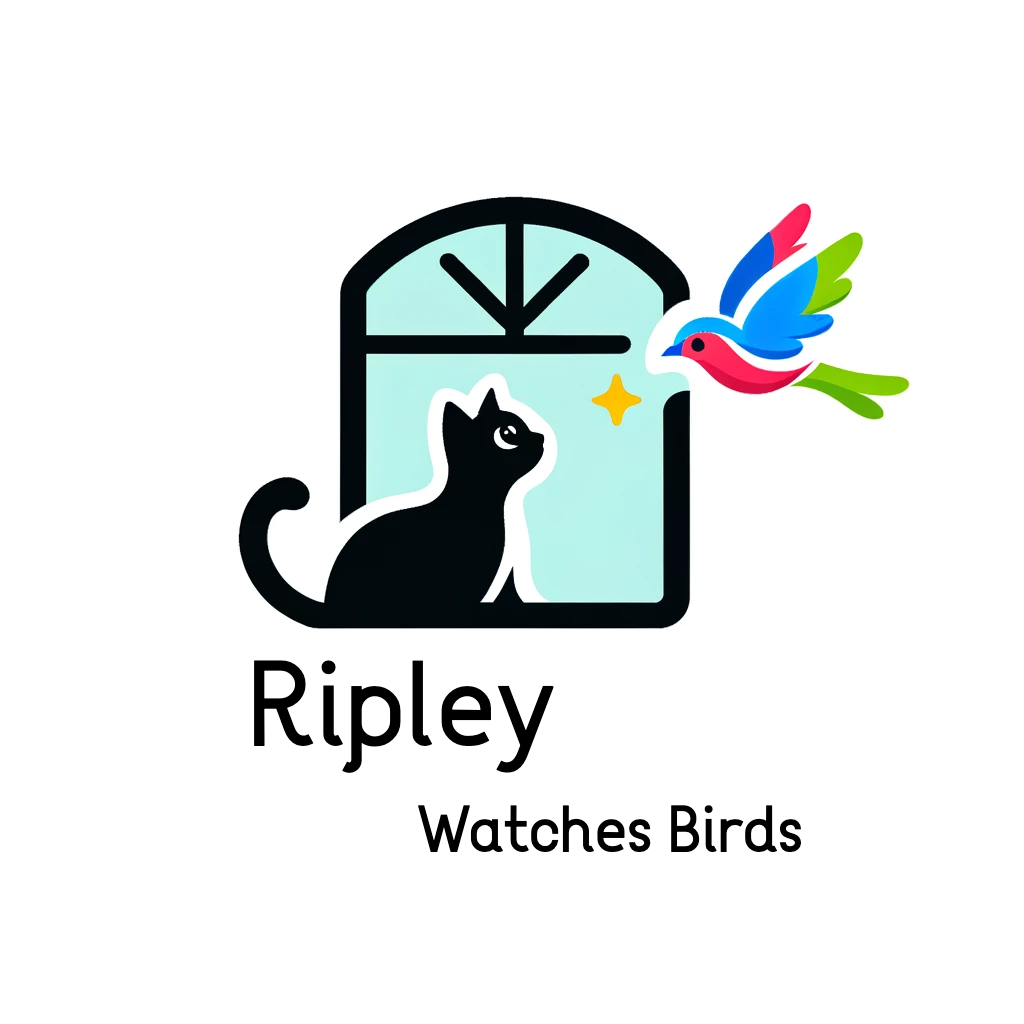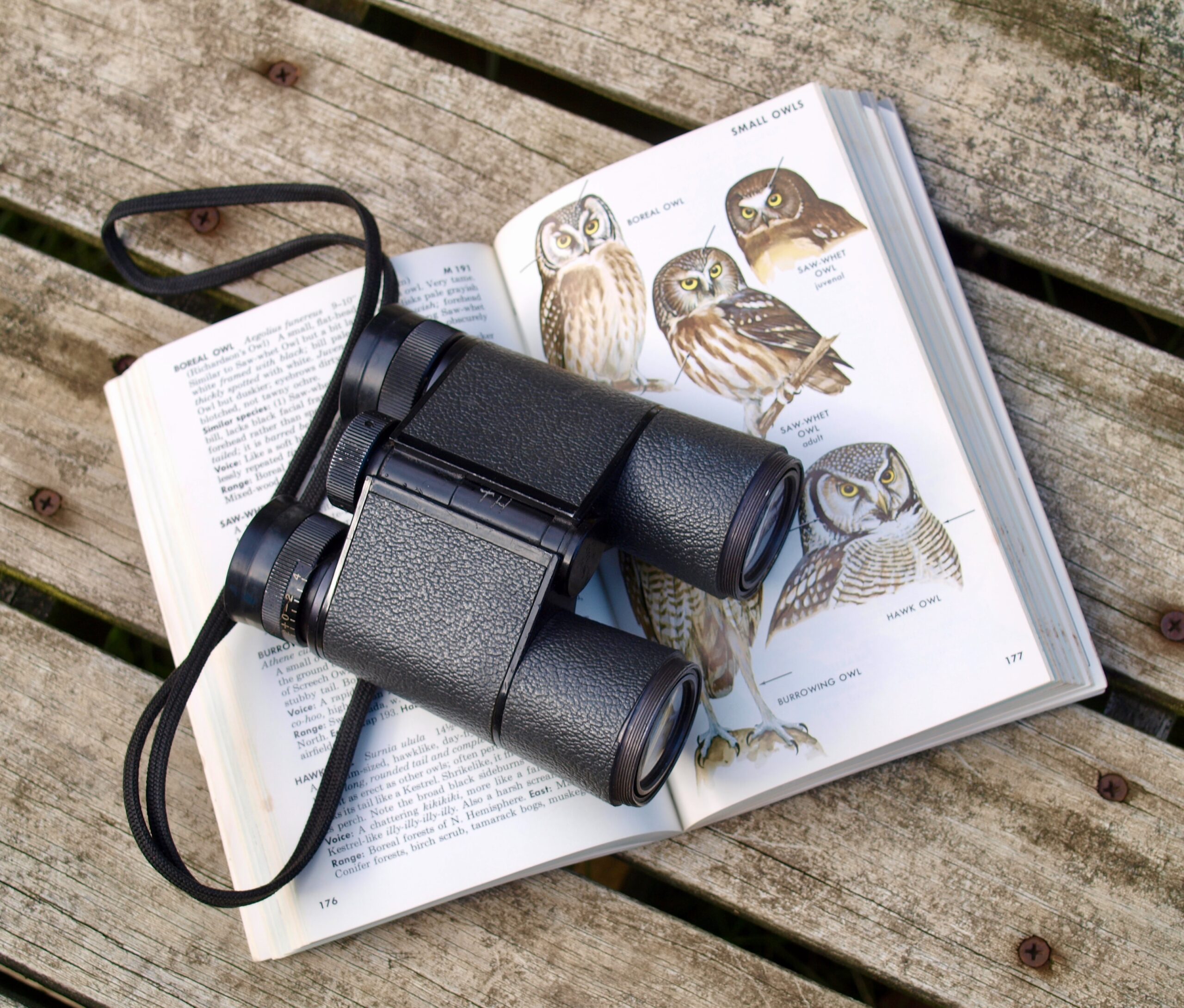Welcome to the delightful world of birding, where nature’s melodies come to life!
Birdwatching isn’t just a pastime; it’s an open invitation to explore the vibrant tapestry of our feathered friends.
The best part?
You can start this journey without any fancy gear.
That’s right, no need for binoculars or exclusive memberships – just your curiosity and the world around you. Whether it’s the sparrows in your city park or the robins in your backyard, every bird is a story waiting to be discovered.
As you ease into the rhythm of birdwatching, remember that it’s a hobby that grows with you. When you’re ready to take it up a notch, there’s an array of options to enhance your experience.
From the simple joy of observing birds from your window to the thrill of identifying a rare species in the wild, birding is a pathway to connecting with nature in a uniquely personal way.
So, let’s set off on this avian adventure, where every chirp and flutter is an opportunity to learn and marvel.
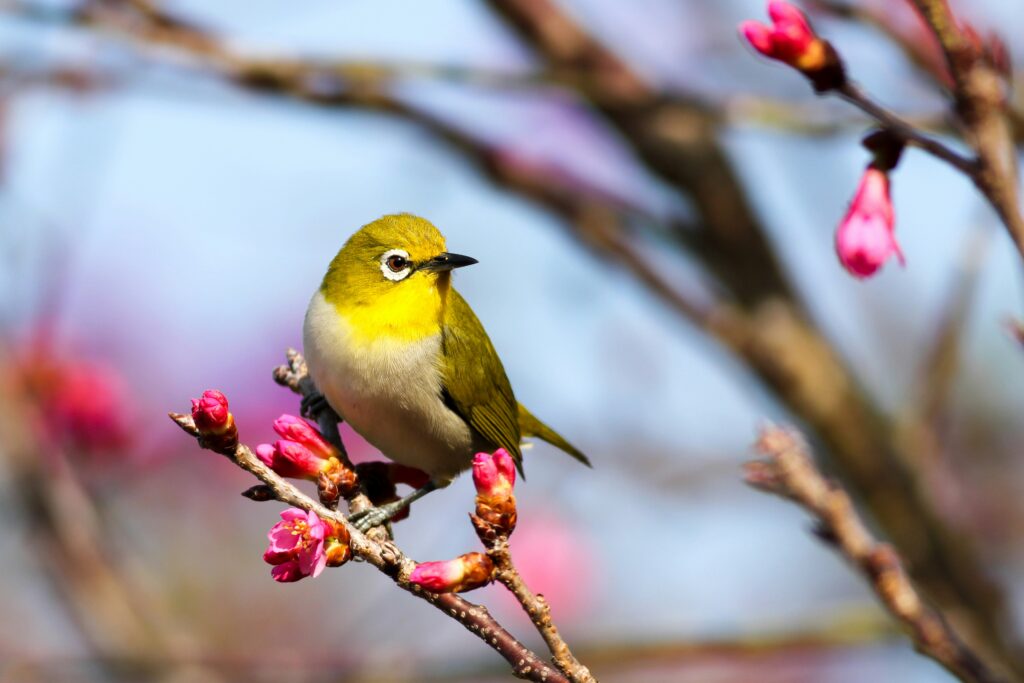
The Simplicity of Starting Birdwatching
Diving into the world of birdwatching is as simple as stepping outside or looking out your window. This natural theater is open to everyone, regardless of where you live.
In the bustling streets of the city, pigeons strut their stuff on sidewalks, while crows hold court atop lampposts.
In the suburbs, watch as sparrows and finches dart from tree to tree, bringing life to your neighborhood.
And in rural areas, the open skies might treat you to the grandeur of hawks circling overhead or the delightful dance of swallows at dusk.
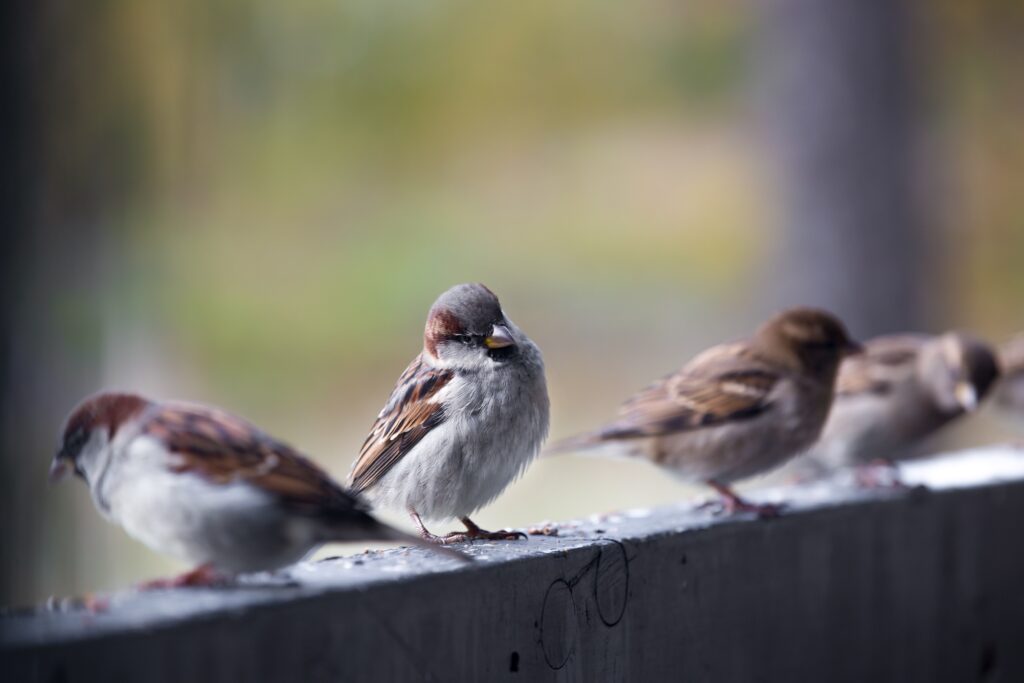
To fully appreciate the simplicity of birdwatching, the key is to slow down and immerse yourself in the experience.
Take the time to observe the birds, noticing how they engage with their surroundings and each other. This mindful observation often reveals new and intriguing behaviors.
After all, birdwatching is not about haste; it’s akin to a tranquil walk through a natural art exhibit, where every bird presents a unique story and charm.
So pause for a moment, take a deep breath, and allow the avian world to gradually reveal itself. Embrace this journey as a continuous discovery, one melodious chirp at a time.
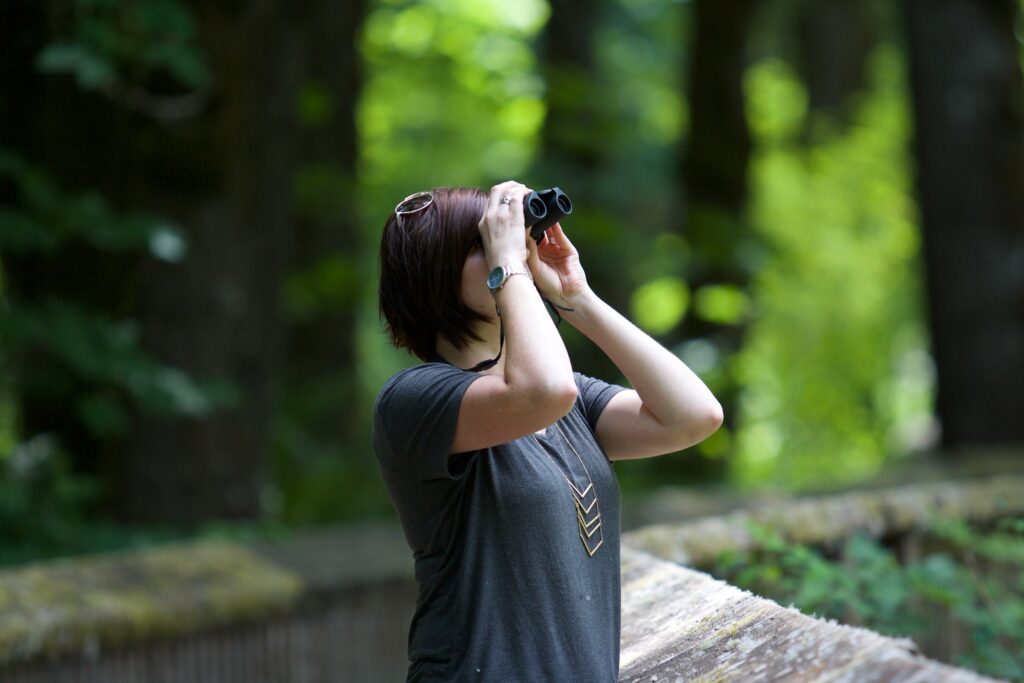
What Is Birding?
Now, you may be wondering, “What exactly is birding?”
Essentially, it’s the act of observing birds, synonymous with birdwatching. While this can begin simply as watching birds in your backyard, birding elevates this interest into a more proactive pursuit.
Birders actively seek out birds, often venturing to specific locales to encounter rare or particular species. This passion extends beyond mere observation, evolving into a deeper, more intense engagement with the avian world.
This dedication to birding serves as a bridge to its true allure.
It’s not solely about spotting a bird; it’s an immersive experience in their world, understanding their behaviors, and appreciating the diversity of species.
This connection provides a sense of relaxation and a continual learning opportunity.
Imagine the excitement of identifying a bird not just by sight but by its song or behavior.
That’s birding – a harmonious blend of science, art, and mindfulness!
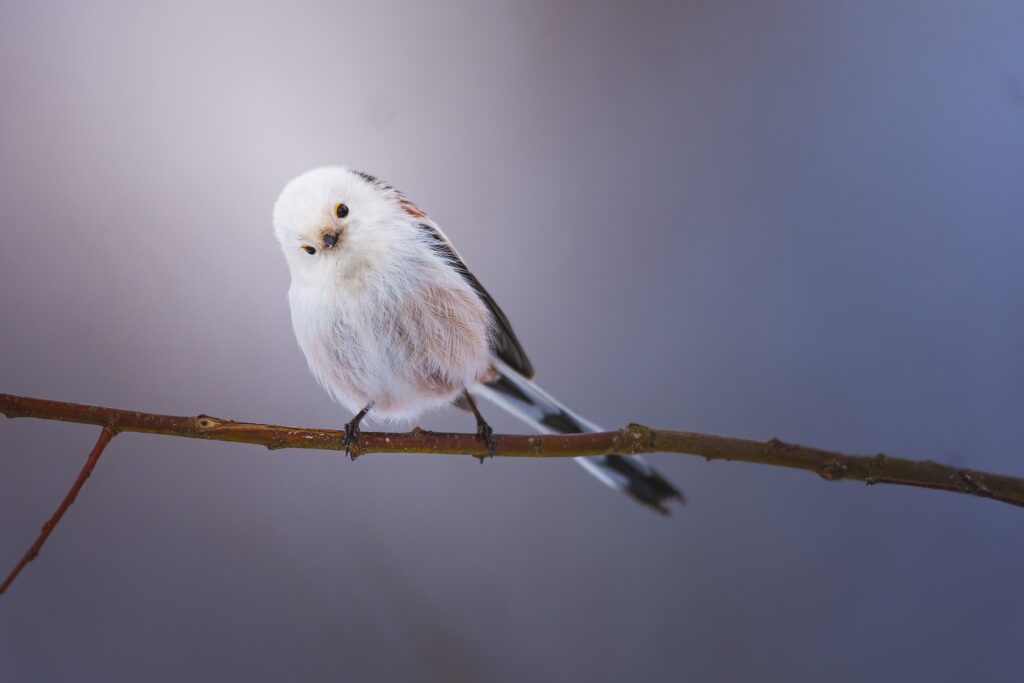
Birding also plays a crucial role in citizen science and conservation efforts.
By recording and sharing bird sightings, birders contribute valuable data that helps scientists track bird populations and health. This citizen-led data is vital in preserving bird habitats and understanding environmental changes.
As a matter of fact, you can easily start contributing birding data on the most popular birding website/app, eBird (learn more about it here).
Birding, therefore, isn’t just a hobby; it’s a meaningful contribution to our understanding and preservation of the natural world.
In essence, birding is more than a pastime; it’s a journey of discovery, conservation, and deep connection with the natural world. And it’s a journey that’s rapidly growing in popularity, with millions of people, young and old, embracing it across the globe!
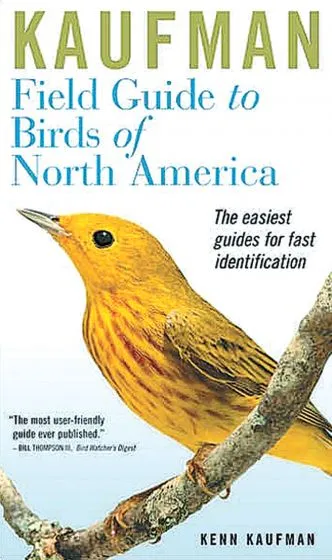
Enhancing Your Birdwatching Experience
Once you’ve started your birdwatching journey, you might wonder how to enrich this experience. Here are a few ideas:
Field Guides: A field guide is an invaluable companion for any birder. For beginners, the Kaufman Field Guide offers an easy-to-use format with clear photos and a pictorial table of contents, perfect for quick identification and learning. If you prefer drawings, The Sibley Guide to Birds is renowned for its accurate illustrations and comprehensive text. For those who like to dive deep, the National Audubon Society’s Birds of North America offers extensive information on over 800 species.
Binoculars: When you’re ready to bring birds into clearer view, binoculars become a great tool. The Nikon Monarch 7 8X42 is a great balance between quality and affordability, offering clear and bright images, especially in low light conditions. For a more budget-friendly option, the Celestron Nature DX is waterproof, fog-proof, and user-friendly, making it an excellent choice for beginners. And for enthusiasts seeking higher-end equipment, the ZEISS Conquest HD offers premium construction and optical perfection.
Birding Apps: In the digital age, birding apps have become a handy tool. The Audubon Bird Guide: North America app is free and offers extensive information on over 800 species, including audio recordings and birding hotspots. The Merlin Bird ID app is another free option that helps identify birds by asking questions about their appearance and song. For those looking to track their sightings and contribute to citizen science, the eBird app is an excellent choice, offering features like local checklists and rare bird alerts.
Joining Birding Groups: Engaging with the birding community can greatly enhance your experience. Local bird watching clubs provide opportunities to meet like-minded individuals, share knowledge, and participate in birding trips and events. Online bird watching groups and forums offer a platform to connect with birders worldwide. Additionally, birding festivals and events are fantastic for networking, learning, and celebrating the joy of birding with others, both in person and virtually. Check out the Great Backyard Bird Count, one of the biggest annual birding events in the world.
By incorporating these elements into your birdwatching, you can transform it from a casual pastime into a rich, educational, and socially engaging hobby.
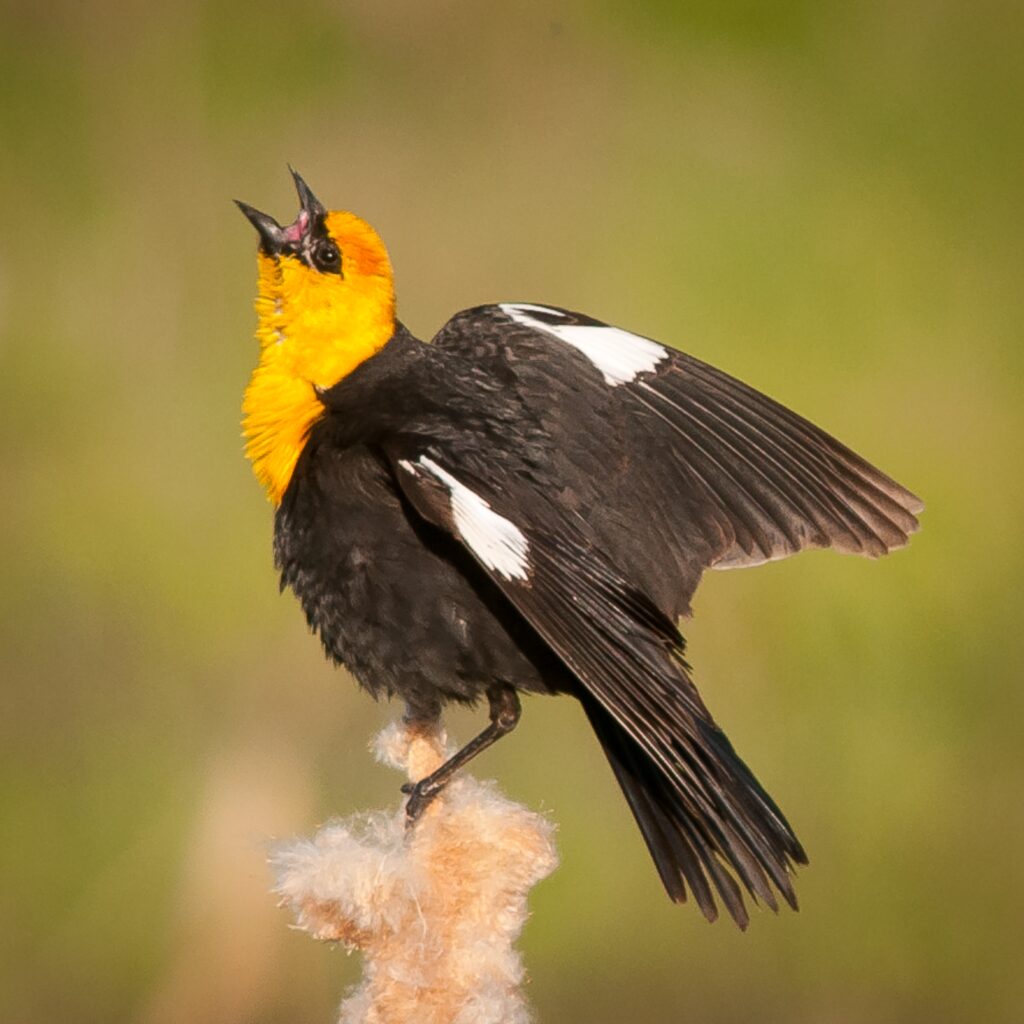
Developing Your Birdwatching Skills
Mastering birdwatching is an exciting journey, one that involves observing, understanding, and appreciating the nuances of bird life. Let’s explore the basics:
Bird Identification: With over 800 species of birds in North America, learning to identify them can seem daunting. The trick is to start by recognizing what group a bird belongs to by observing its shape, color, and behavior. This foundational understanding helps you narrow down the species by considering the specific field marks, such as wingbars or eyerings. The four keys to visual identification – size and shape, color pattern, behavior, and habitat – are crucial. For instance, a Black-capped Chickadee is small with a large head and plump body, has a shiny black cap and throat against white cheeks, and is often found in busy feeding flocks.
Understanding Bird Behavior: Bird behavior is fascinating and varied. Common behaviors include feeding, territorial, courtship, nest building, and mating. Observing birds in action, like the ground-feeding patterns of sparrows or the aerial feeding acrobatics of swallows, offers deep insights into their lives and helps in identification. Territorial behavior, often seen in the spring, involves birds singing to defend their space. Courtship behaviors can be subtle, but are observable in actions like a male bird feeding a female. Nest building is another interesting behavior; birds show species-specific patterns in collecting materials and constructing their nests.
Timing: The most active birdwatching periods vary with the seasons. In winter, although it may seem monotonous, the surprise appearances of species like pine grosbeaks or red-breasted nuthatches offer exciting birdwatching opportunities. Spring brings the magic of migration and new life, with birds like sparrows and robins returning or emerging. This season is a time of constant change and abundance, making it one of the best times for birdwatching. Summer, while seemingly stagnant, is filled with activity such as nesting, laying eggs, and fledging. It challenges birders to identify juveniles and worn-out adult birds. As autumn arrives, bird movements signal the coming winter, with species migrating to warmer climates. This seasonal movement creates opportunities to see new and migrating species.
Developing these skills in birdwatching enhances not only your ability to identify and understand birds but also deepens your connection with the natural world.

The Benefits of Birdwatching
Birdwatching offers a myriad of benefits, extending well beyond the simple joy of observing birds.
Mental Health: Engaging with nature through birdwatching can be incredibly soothing for the mind. The act of focusing on birds and their habitats encourages mindfulness and a break from the hustle and bustle of everyday life. Research has shown that being in nature can reduce feelings of isolation, lower stress levels, and improve overall psychological well-being.
Physical Health: Birdwatching often involves walking, hiking, or even trekking to different locations, providing gentle yet effective physical exercise. It’s an easy way to stay active, especially for those who prefer low-impact activities.
Educational Benefits: Birdwatching is a continual learning experience. It offers the chance to learn about various bird species, their behaviors, habitats, and the environmental factors affecting them. This knowledge not only enriches personal understanding but also contributes to broader conservation efforts.
Community and Social Connections: Birdwatching can be a social activity, connecting people through shared interests. Joining birdwatching groups or participating in birding events provides opportunities for social interaction, making new friends, and sharing knowledge and experiences. Online birdwatching communities also offer platforms to connect with fellow enthusiasts worldwide.
Overall, birdwatching is a multifaceted hobby that promotes mental and physical well-being, fosters continuous learning, and builds a sense of community and connection with others.
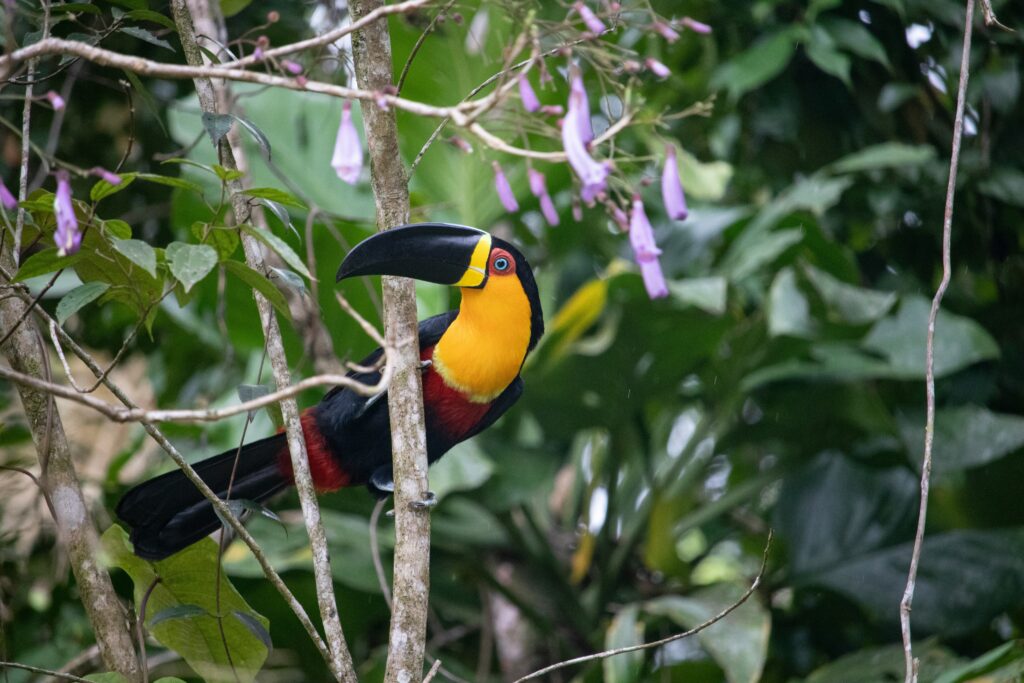
Advancing In Birdwatching
As you delve deeper into the world of birdwatching, there are several ways you can enhance your experience and contribute to the broader birding community.
Investing in Better Equipment: As you become more involved in birdwatching, consider upgrading your equipment. Investing in higher-quality binoculars, cameras, and field guides can significantly enhance your ability to spot and identify birds, especially in challenging conditions or remote locations. While better gear can be costly, it often provides a clearer view and richer birdwatching experience.
Participating in Bird Counts and Citizen Science: Engaging in bird counts and other citizen science projects not only contributes to scientific understanding but also deepens your own knowledge and appreciation of birds. These activities involve observing, recording, and sharing data about bird sightings, which can be crucial for conservation efforts and research.
Birding Travel: Exploring new regions and ecosystems can be incredibly rewarding for birdwatchers! Whether it’s traveling to a different state or a foreign country, birding travel exposes you to a diverse range of bird species and habitats. This can be a fantastic way to experience the global birding community, learn about different cultures, and see some of the world’s most spectacular birds in their natural settings.
Advancing in birdwatching means expanding both your skills and your horizons, leading to a deeper, more fulfilling involvement with this rewarding hobby.
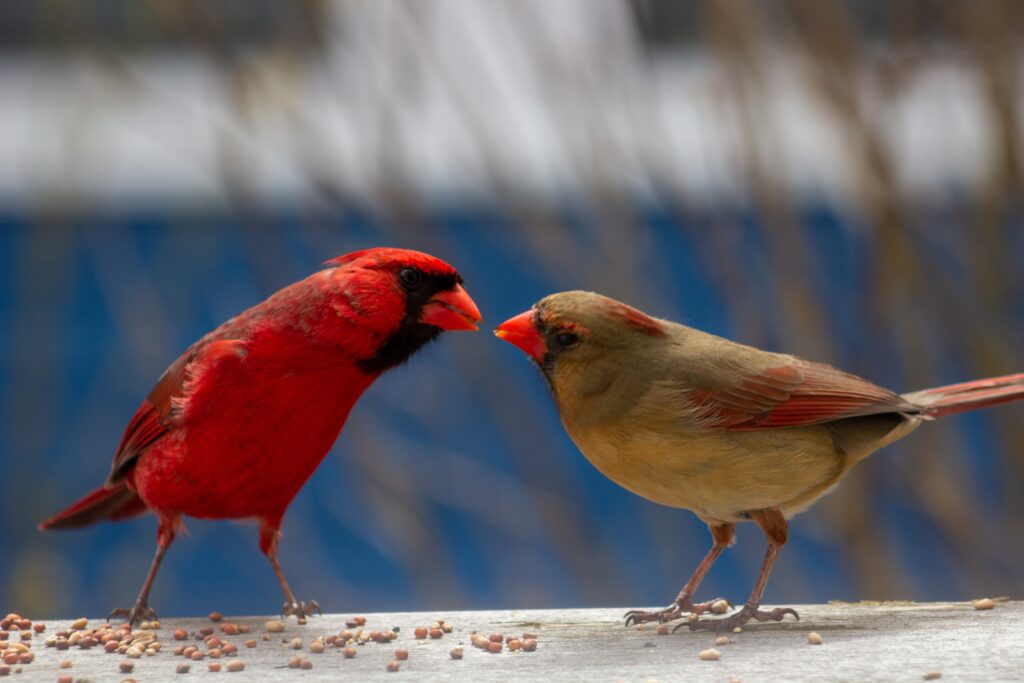
Conclusion
As we’ve seen, starting your birdwatching journey is as easy as stepping outside and looking up.
This hobby, rich with the sights and sounds of our feathered friends, offers an accessible entry point for everyone, regardless of age, experience, or equipment. But, as your interest grows, so too can your involvement – from enhancing your gear to joining citizen science projects, and even exploring new destinations in pursuit of diverse bird species.
Remember, there’s no right or wrong way to enjoy birdwatching.
Whether you’re content with watching from your backyard or you’re planning your next birding adventure, there is so much to learn and experience in the world of birdwatching.
So, get outside, let your curiosity guide you, and enjoy the myriad of wonders that await. I can’t wait to hear about what you discover! 🐦🌿🔭
